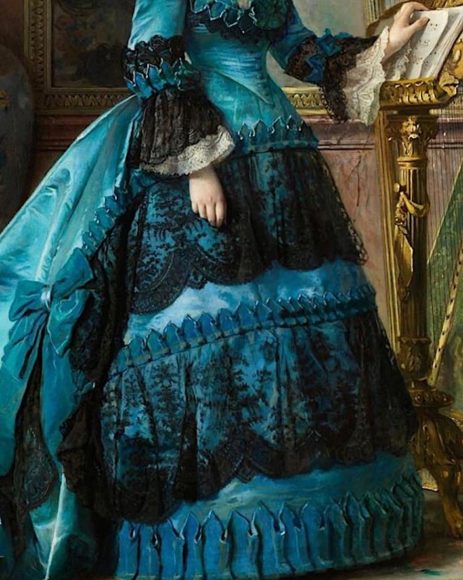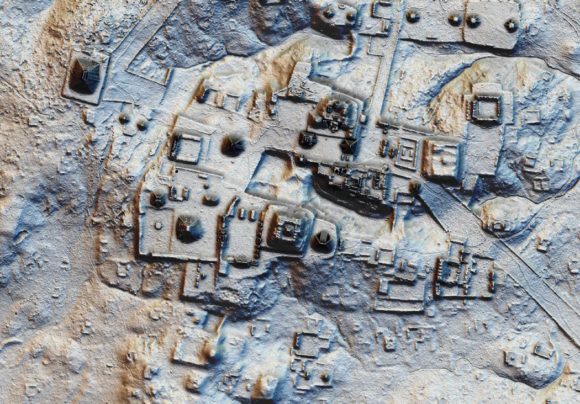The Art and Science of Prussian Blue
As it turns out, not only is Prussian blue one of our favorite colors, it has a most interesting history…
“It was an accident in a Berlin laboratory (then a center for alchemy) in 1704 that changed the course of art forever. A chemist rushing to create a batch of cochineal red (made from bugs) accidentally used potash contaminated by (the iron in) animal blood that turned the concoction a deep blue – henceforth known as Prussian blue due to its geographic origins…”

Prussian blue is the gorgeous saturated color in this detail of the portrait of Maria de los Dolores Collado and Echague by Vicente Palmaroli, 1870, that hangs in the Prado.
From the Quintessence blog,
Prussian Blue – The Art and Science of Color
by Stacey Bewkes
“As I was scrolling through Instagram the other morning, I stopped to “like” and admire a post on Charlotte Di Carcaci’s artful feed.
I am constantly tempted by both fashion and decor items I encounter in this shade, such as Christopher Spitzmiller‘s handsome Alexander lamp I spied in his showroom. But did you know that Prussian blue was the link between art and science that truly transformed the world of paint? It’s easy to forget that before the 18th century paint was made from natural sources – plants, flowers, rocks etc. and creating artistic effects in paintings was a much more complicated and expensive matter. Ultramarine, made from lapis lazuli, was the first blue and more valuable than gold…”
For a series of incredible pictures of, and commentary on, Prussian blue objects, click here to go to the Quintessence blog.
Share


